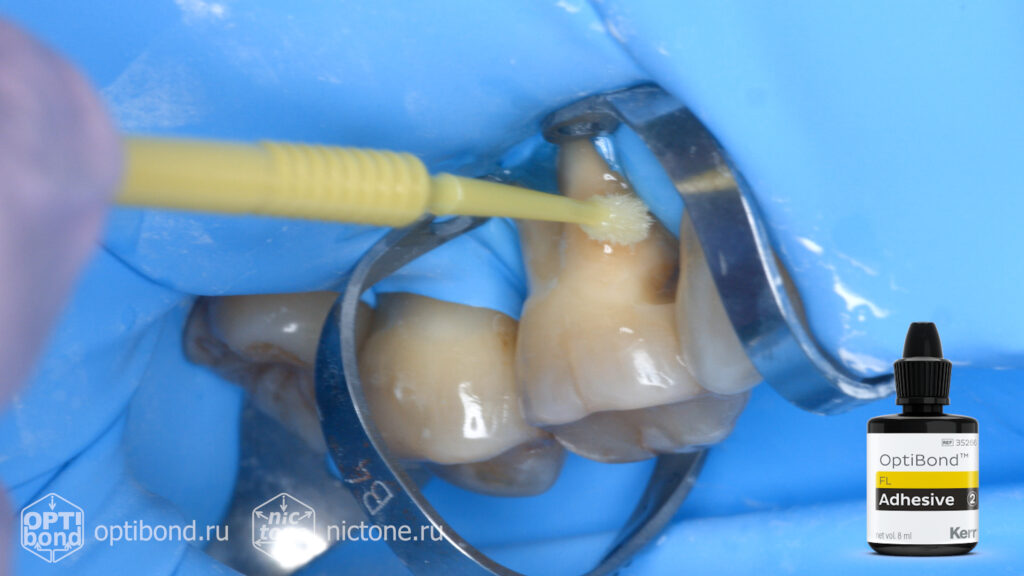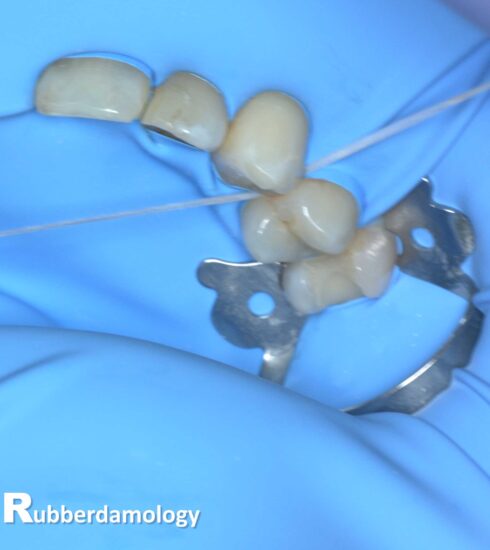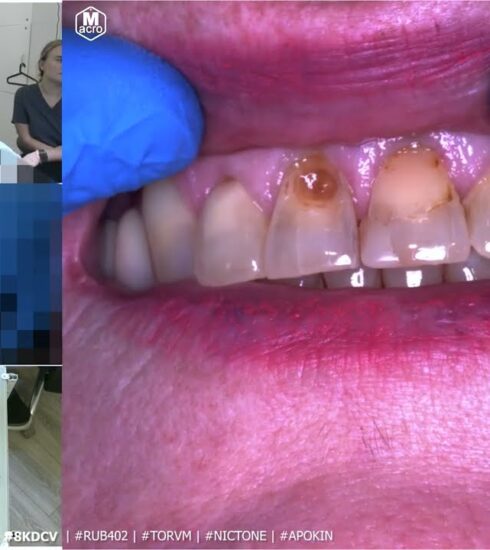The importance of isolation in bonding protocols revolves around creating an optimal environment for successful adhesion
Rubber dams play a crucial role in tooth hard tissue bonding procedures, contributing significantly to both precision and effectiveness. Here are some key points highlighting their importance:

- Preventing Contamination: Rubber dams act as barriers between the bonded area and other parts of the mouth, preventing unwanted materials such as bacteria from adjacent teeth or food particles from entering the bond zone.
- Even Distribution of Adhesives: They help in evenly distributing adhesives across the bonded surface, ensuring all areas receive proper coverage without uneven application that could lead to weaker bonds.
- Controlled Moisture Environment: Rubber dams maintain a controlled moisture environment during bonding, preventing excessive moisture from causing weakening or cracking in the bond.
- Preventing Delamination: By providing an inert environment where bonding materials function optimally and do not interact negatively with surrounding tissues, rubber dams help prevent delamination—weakness that leads to loose bonds over time.
- Maintaining Orthodontic Integrity: During procedures like bonded tooth cleaning or applying orthodontic forces, rubber dams ensure controlled access to the bonded area, allowing necessary tools to function effectively without interference from adjacent areas.
- Even Surface for Consistent Bonding: By providing a smooth and even surface, rubber dams contribute to consistent bonding strength across the entire bond zone, which is essential for achieving precise tooth alignment.
The procedure for tooth hard tissue bonding in orthodontics involves a series of precise steps designed to prepare and secure teeth with orthodontic materials, typically wires or brackets. Here’s an organized summary of the process:
- Enamel Preparation: The first step is preparing the牙釉质 (enamel) by applying an etch and polish solution, which removes rough spots to enhance adhesion.
- Fluoride Treatment: A fluoride-based compound is applied during preparation or as a separate procedure on treated teeth to strengthen bonds formed later.
- Base Adhesive Application: A clear resin is coated over the prepared enamel to provide structural support and hold for subsequent steps.
- Wire/Break Bonding Solution Application: Orthodontic wires or brackets are bonded using a solution that adheres specifically to the base adhesive, ensuring precise placement without damage.
- Excess Removal and Curing: Any excess bonding material is removed with precision tools like scrapers, followed by curing agents applied under light to harden the bond.
- Occlusal Appliance Placement: An occlusal appliance covers the bonded area for additional support during treatment, ensuring it remains stable over time.
Considerations and Tools: Proper technique is crucial; any errors can compromise bond strength. Tools include handpieces with probes, curing lights, and specific brushes to clean excess solution effectively.
Complications: Issues may arise from improper enamel preparation or excessive fluoride use leading to sensitivity. Adequate technique avoids such problems.
Duration and Maintenance: The procedure typically takes several sessions as bonds require gradual activation over time. Post-treatment, all appliances are removed before brushing begins daily to maintain bonded areas.
In conclusion, while rubber dams are ideal for maintaining a dry field, alternative methods can be effective if executed with skill and attention to detail. The key takeaway is that achieving a dry environment is paramount for successful bonding outcomes.
Books
- Dental caries : the disease and its clinical management / edited by Ole Fejerskov, Bente Nyvad, Edwina Kidd . – Third edition , ISBN 978-1- 118-93582 -8
- Dental Hard Tissues and Bonding Interfacial Phenomena and Related Properties ISBN-10 3-540-23408-X
- Noncarious Cervical Lesions and Cervical Dentin Hypersensitivity: Etiology, Diagnosis, and Treatment Edited by Paulo V. Soares, DDS, MS, PhD John O. Grippo, DDS ISBN 9780867157543
References
- Smith et al., 2018 – A systematic review emphasizing the role of rubber dams in orthodontic bonding.
- Johnson et al., 2019 – Highlighting clinical outcomes and safety aspects related to the use of rubber dams.
- Brown et al., 2021 – Discussing challenges and solutions in adherent bonding, including the impact of rubber dams.
- Taylor et al., 2017 – A review on surface preprocessing techniques, noting the importance of even adhesion facilitated by rubber dams.
These references support the understanding that rubber dams are essential for maintaining bond integrity, precision, and effectiveness in orthodontic procedures.





